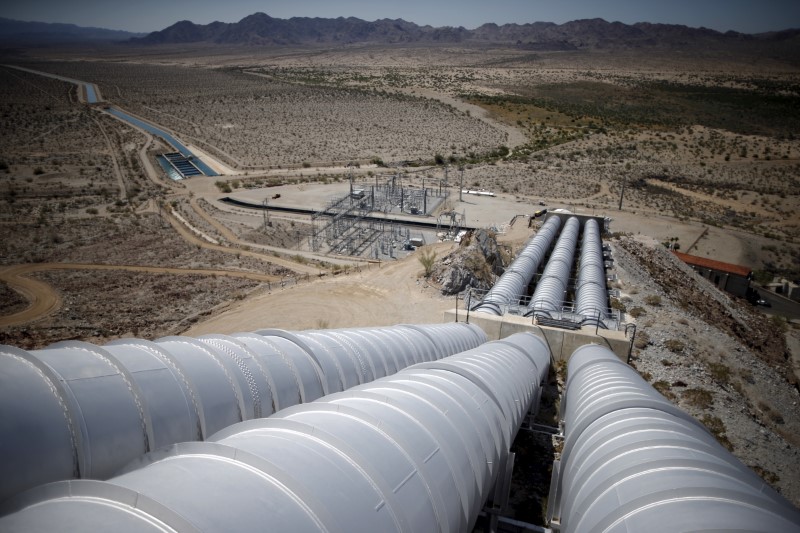* U.S. drillers cut 5 rigs in week to Jan. 19, to 747
* Turkish military fights Kurdish militia in Syria
* Analysts say oil demand to slow in Q1 2018
By Henning Gloystein
SINGAPORE, Jan 22 (Reuters) - Oil prices climbed on Monday, pushed up by a drop in U.S. drilling activity and by fighting in Syria between Turkish forces and Kurdish fighters.
Brent crude futures LCOc1 were at $68.79 at 0053 GMT, up 18 cents, or 0.26 percent, from their last close. Brent on Jan. 15 hit its highest since December, 2014, at $70.37 a barrel.
U.S. West Texas Intermediate (WTI) crude futures CLc1 were at $63.53 a barrel, up 16 cents, or 0.25 percent, from their last settlement. WTI marked a December-2014 peak of $64.89 a barrel on Jan. 16.
Traders pointed to reduced U.S. drilling activity for new production as the main price-driver for crude on Monday.
U.S. drillers cut five oil rigs in the week to Jan. 19, bringing the total count down to 747, General Electric (NYSE:GE) Co's GE.N Baker Hughes energy services firm said on Friday. the cuts, the rig count in 2017 and early this year remains much higher than in 2016, resulting in a 16-percent rise in U.S. crude oil production C-OUT-T-EIA since mid-2016, to 9.75 million barrels per day (bpd).
Conflict in the Middle East was also supporting oil prices.
In Syria, Turkey's army and rebel allies battled U.S.-backed Kurdish militia in the Afrin province on Sunday, stepping up a two-day-old Turkish campaign against Kurdish fighters that has opened a new front in Syria's civil war. Innes, head of trading for Asia/Pacific at futures brokerage Oanda in Singapore, said conflict between Kurds and Turkey "usually implies that oil prices would move higher due to the (region's) strategic position in oil supply routes".
Despite conflict in the Middle East and ongoing attempts by a group of major oil producers around the Organization of the Petroleum Exporting Countries (OPEC) and Russia to prop up prices by cutting production, analysts said oil markets had lost steam since the middle of January, when prices hit their highest levels since late 2014. Energy said in a note on Monday that after recent falls in global oil inventories, stocks might start rising again soon due, especially due to a slowdown in demand which typically happens at the end of the northern hemisphere winter season.
"With global demand declining ... by 0.5 million bpd in 1Q18 and increased OPEC and non-OPEC supply (despite the cuts), we expect supply and demand will come back into balance in 1Q18 resulting in an end to the strong (inventory) draws we have seen.
"With the strong correlation between inventories and crude prices, this perhaps means we should expect crude prices to moderate in the near term," Bernstein said.
<^^^^^^^^^^^^^^^^^^^^^^^^^^^^^^^^^^^^^^^^^^^^^^^^^^^^^^^^^^^ GRAPHIC: U.S. oil rig count
http://reut.rs/2DnRUtw As oil hits $70, warning lights flash up in Asia
